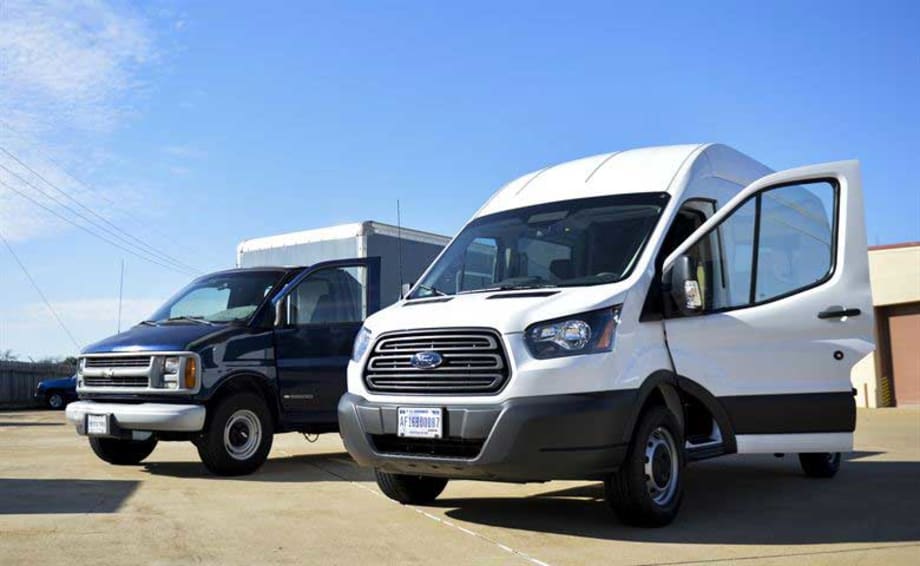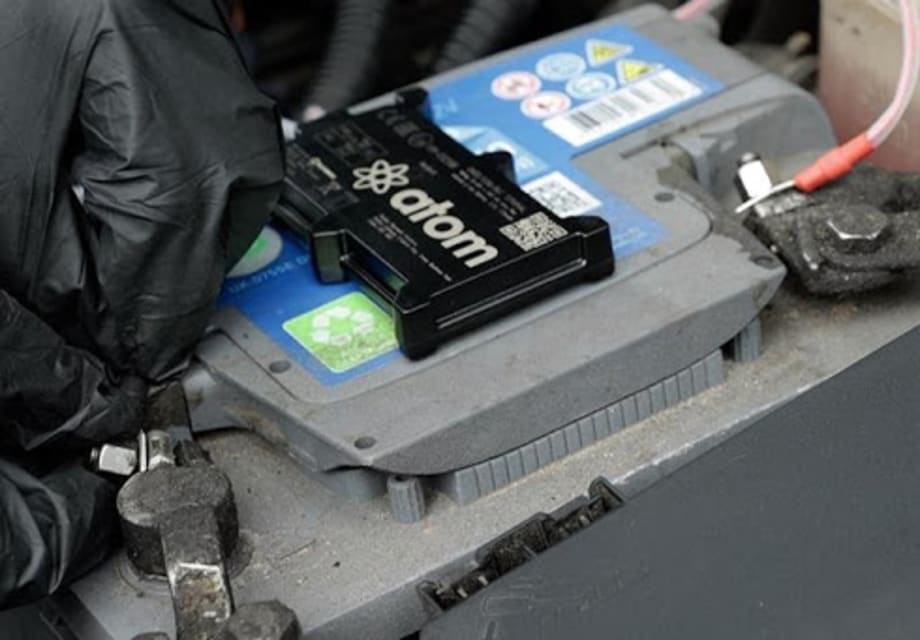Really Simple Fleet Management Advice & Tips For Business
Fleet management makes it simpler to operate and manage your business.
Fleet management organises and coordinates your vehicles in the most efficient way, reducing costs and making your business more profitable as a result.
Follow these seven simple fleet management tips to get the most from your business vehicles and drivers in the safest, and most cost-effective way.

Use fleet management software to cut down on your administration
One of the simplest ways to add fleet management to your business is by using account management software.
The benefit of using this software is that it cuts down on paperwork and makes it easier to keep on top of running your business.
One of the easiest and most cost-efficient ways of adding account management software to your business is by investing in fuel cards.

Fuel cards not only make purchasing fuel easier for your drivers, but they typically come with account management software that simplifies business administrative tasks. For example, you can use the reporting tools to gain a complete overview of your fuel usage and spend.
You get detailed historical reports on fuel purchases, and usage by vehicle, driver or group. This can help you detect any inefficiencies in your business’ mobile workforce.
You can then make changes based on the data provided to ensure your business becomes more efficient, along with reducing your fuel bills.
Improve your vehicle fleet management with regular services

Routine vehicle service and maintenance are essential for the longevity of your vehicles.
Regular inspections and continuous monitoring provide the tools that allow you to keep your vehicles at optimal performance. They also mean you can detect any issues before they become a costly problem.
By taking these preventative measures, you can reduce breakdowns, accidents caused by faults, and the time vehicles are out of commission.
Use Telematics to help preventative maintenance
Getting your vehicles serviced regularly is a great way to keep them running for longer.
But to get the maximum performance and lifespan from them, you should also use preventative maintenance.
Preventative maintenance is where you regularly perform checks on your vehicles, and equipment to reduce the chance of failures occurring.
Telematics is a powerful monitoring tool, which can assist in preventative maintenance. It does so by keeping track of the fuel consumption, mileage, and active engine hours of your vehicle. This provides actionable data to help reduce fuel consumption, improve driver behaviour, and reduce incidents of unauthorised vehicle use.

Use telematics to monitor how your employees are performing
One of the many great benefits of using telematics to help manage your fleet is that it allows you to monitor how your employees are performing.
You can monitor when equipment is running and performing billable hours, or when vehicles and employees arrived/left a job, helping you manage overtime requests and potentially saving money on unnecessary labour costs.
While all drivers should be held to high-performance standards, bad habits can sometimes creep in and be hard to combat.
Once you’ve installed telematics or have been monitoring the data recorded via your fuel card account management software, you may notice some inefficiencies in driver behaviour.
Use training & incentives to manage your fleet drivers
Your drivers are one of the most important parts of your business. No matter how well you manage and maintain your fleet vehicles, if the people behind the wheel aren’t operating at their best then your business will be losing money.
There are two methods you can use to get the most from your drivers – training and incentives.
Training sessions should be recurring for all drivers, new and experienced, to keep them fresh on best driving practices and regulations.
Incentivising drivers for doing a good job, such as achieving high fuel efficiency, performing vehicle inspections regularly, or exhibiting high driving performance will increase the lifecycle of vehicles and reduce maintenance fees in the long run – it will also mean that you have a safer fleet that consumes less fuel.
Run fewer vehicles at full capacity to have a well-managed fleet
It makes much more economic sense to run fewer vehicles at full capacity, rather than multiple vehicles at half capacity. The cost of running one smaller, full vehicle is less than the cost of a larger, half-full vehicle.
Manage your fleet’s time better by planning out your journeys
One of the biggest threats to a business’ profits is resources being used inefficiently.
For businesses that rely on transport, failing to plan out journeys in advance is one of the obvious ways that you can make sure your resources (drivers, fuel, and vehicles) are being used efficiently.
While on a job, planning return routes avoids empty trucks using fuel without purpose and increases the productivity of your fleet.
No matter how many vehicles your business operates, combining all of these tips and pieces of advice will ensure a smooth-running, efficient business.



